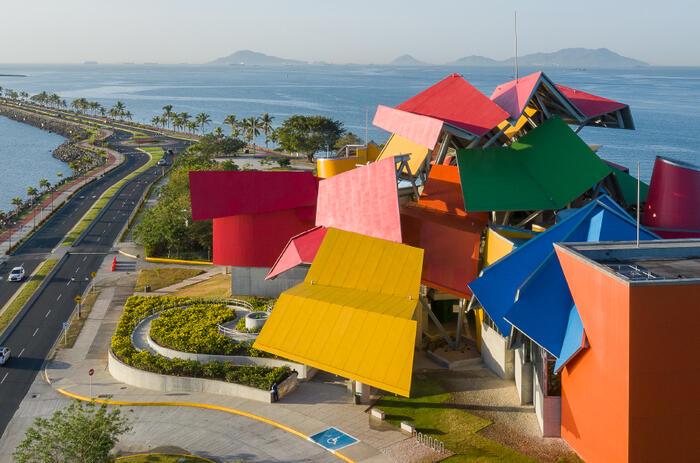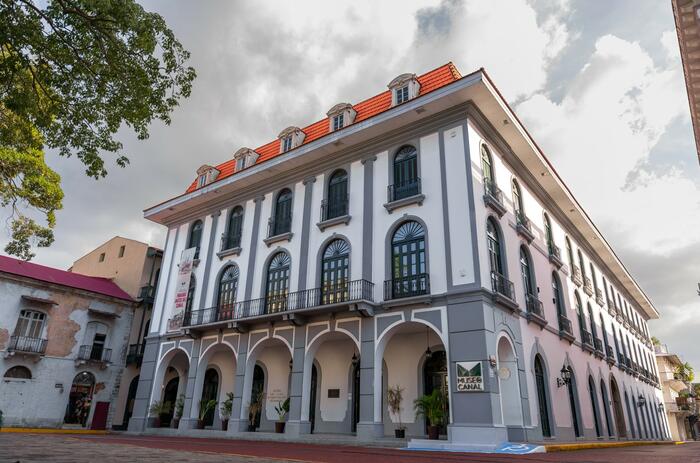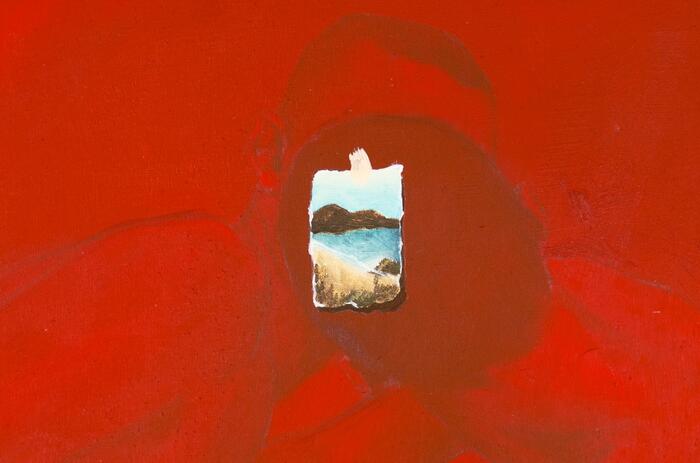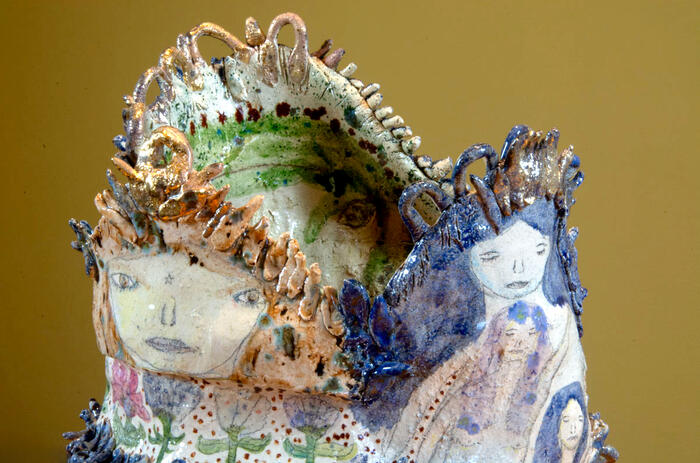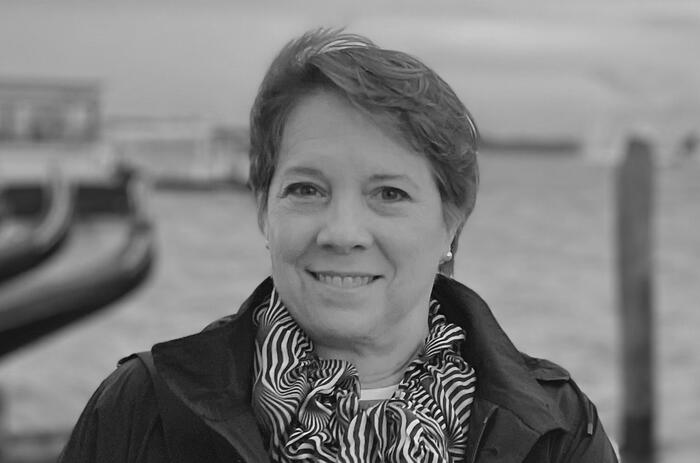JUAN CANELA AT MAC PANAMÁ: A COLLABORATIVE, CONTEXTUAL CURATORIAL APPROACH
MAC Panamá's Chief Curator Juan Canela, reflects on the challenges of curating in Central America, the value of collaborative practices, and the context of Panamanian art. He is participating in the inaugural Pinta Panamá Art Week, running May 21–25 with activities centered on the local art scene.
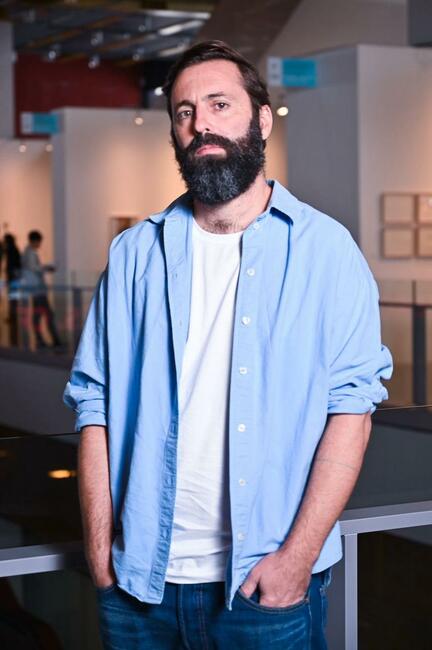
Juan Canela (Spain, 1980) is Chief Curator of the Museo de Arte Contemporáneo de Panamá. His career has woven connections across territories and art scenes, from Mexico City to Bogotá, Barcelona, and Chicago. In conversation with Arte al Día, he discusses his work from Panama.
What challenges and opportunities do you face as the curator of MAC Panamá?
When I started at MAC Panamá four years ago, the museum was going through an institutional growth and strengthening process. We quickly realized that every exhibition needed a strong anchor in its territory. All our shows relate to the Panamanian or Central American context, not necessarily with local artists only, but through themes or approaches that allow audiences to recognize and engage.
We also set out to build collaborations and partnerships with institutions, projects, and individuals across the region: Central America and the Caribbean, Colombia, and Mexico. Two years ago, we organized Chotin, a series of conversations to discuss curatorial practices from Central America and the Caribbean, bringing over twenty regional curators to Panama. We partnered with MoMA PS1 in New York and the MCA Chicago to highlight Central American and Caribbean professionals working in U.S. museums. Right now, we’re also developing a major 2026 project in collaboration with Central American institutions.
-
Chotin Itinerancia PS1. Photo: Cameron Kelly McLeod, courtesy of MoMA PS1
In your recent experience, what distinguishes Central American artistic practices from other regions?
At the museum, we aim to understand which curatorial practices and institutional models best suit the distinctive Central American context, unlike Argentina, Brazil, Colombia, or Mexico, which have different cultural landscapes and developments. In Panama, there’s still much to be built.
What’s especially valuable here at Panamá and in Central America is how our geography and history enable artists to address issues of global relevance. Panama bridges North and South America, the Atlantic and the Pacific Oceans. These geostrategic complexities continue to shape our context and the artistic production. Given the history of the country, it’s also crucial to explore neglected memories, such as the Canal Zone occupation, U.S. influence, the colonial ties with Spain and the relationship with Colombia.
-
MAC Panamá. Vista de la exposición 60+1 el pequeño gran museo de Ancón
Which themes or approaches from the new generation of Central American and Caribbean artists interest you most?
Panama has a strong Afro-indigenous presence. Seven indigenous communities with vast cultural heritage, alongside a significant Afro-descendant population, all contributing to a rich, living popular culture that we strive to highlight.
It is also one of the world’s most biodiverse countries, a topic of global artistic urgency. At MAC Panamá, we reinforce issues like environmental conservation, human–nature relationships, land memory, migration, and critiques of extractivism. While the art scene is rather small and opportunities scarce, a generational shift is happening: young artists are tackling these subjects with the political and ethical convictions of our time.
How important are collaborative processes in an exhibition or curatorial project?
They’re essential. My curatorial and editorial approach has always been fully collaborative. Over my career, I’ve explored ways to initiate joint processes with artists, fellow curators, and institutions.
Even within the museum, I work horizontally with the curatorial team. I try to bring the collective spirit of independent projects into the museum, which can be challenging given institutional hierarchies, but it’s a necessary exercise.
What remains constant in your curatorial vision?
I am drawn to projects that break conventional expectations of curatorial development. I also believe it’s can be very valuable to include artists in those processes, often their thinking extends beyond their own work, so I like to involve them in curatorial teams. Their imaginative approaches frequently exceed established norms, which I greatly appreciate.
Collaborations, both within Panama and beyond, are key to enriching our art context. We’ve worked with institutions in Costa Rica, El Salvador, Guatemala, and even as far as the Philippines. It may seem remote, but shared tropical histories –colonial ties and environmental parallels– create meaningful connections. Together with the Vargas Museum in the Philippines, we realized a contextually resonant project that we’ll continue to develop in the coming years with other Asian institutions.
What are your expectations for the first edition of Pinta Panamá Art Week?
Panama’s art scene is booming with new projects, foundations, independent programs, and galleries that have emerged in recent years. It’s the perfect moment for an Art Week like Pinta to land here. Activating the entire local ecosystem simultaneously is unprecedented; it deserves attention and can significantly boost the city’s cultural development.
At MAC Panamá, we’re involved in several Pinta Panamá Art Week events. I’m speaking in the FORO conversation alongside Emiliano Valdés (Pinta Panamá’s General Curator) and Sofía Villena (curator at the Costa Rica Museum of Art and Design) to discuss contemporary regional practices.
We’re also hosting MAC Popular, a festive format linking exhibitions with DJs, concerts, interventions, and performances. Additionally, I’m co-curating, with Emiliano Valdés, a series of site-specific interventions in the Ciudad de las Artes titled Lo que sueña toda vida, featuring proposals by Programa Enlaces, Jonathan Harker & Felipe Gómez, Libertad Rojo, and Humberto Vélez. These works respond to the city’s unique characteristics.
-
Créditos: Programa Enlaces, La vida que nos dieron, 2025. Foto: Alegre Saporta





